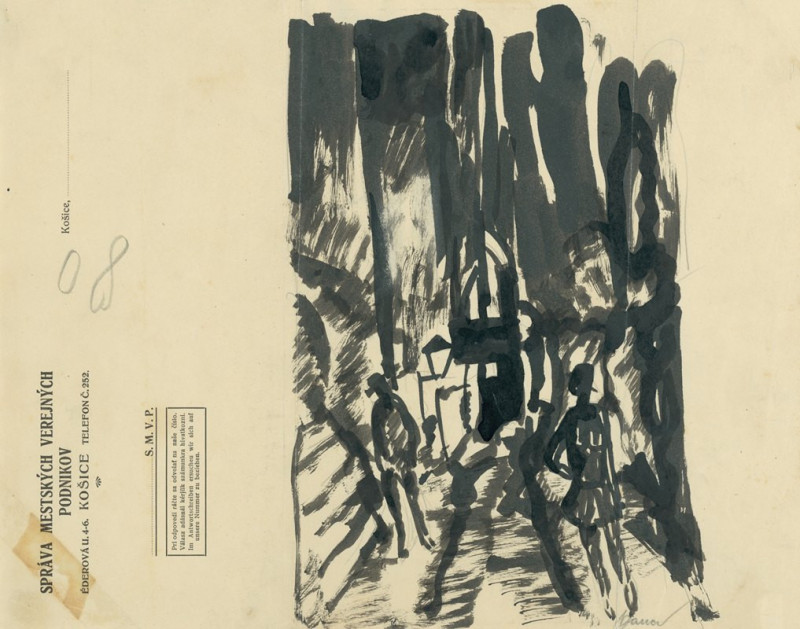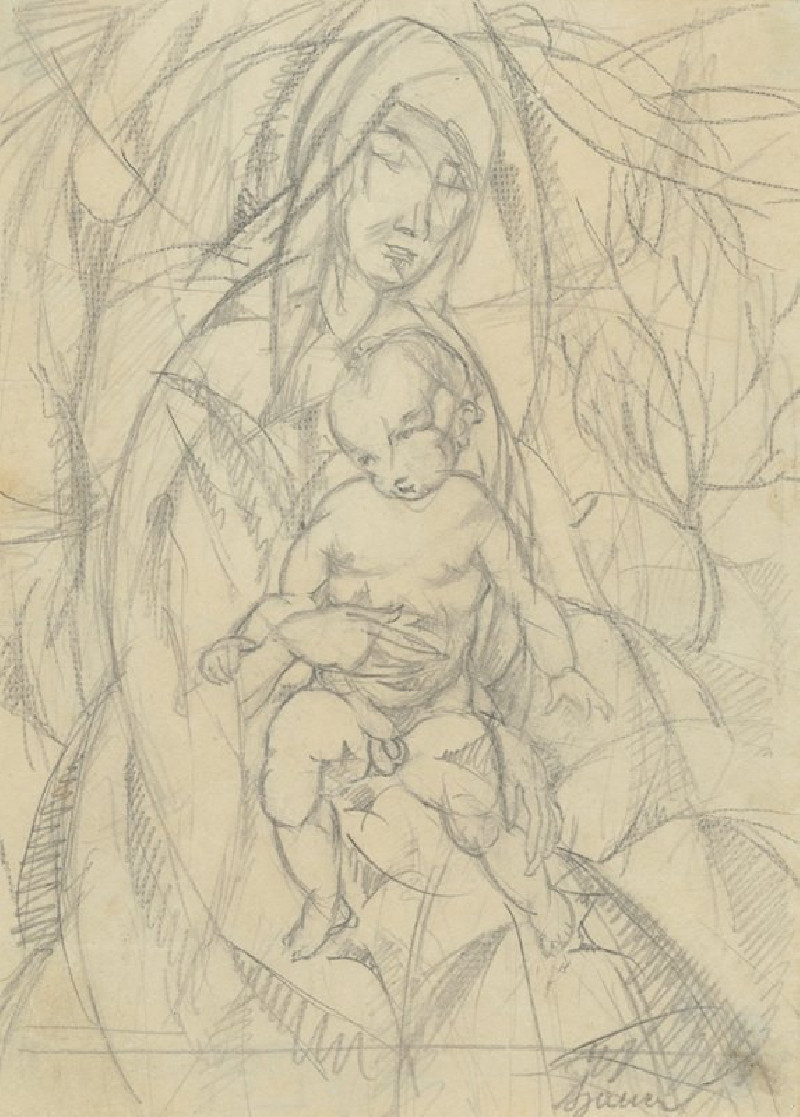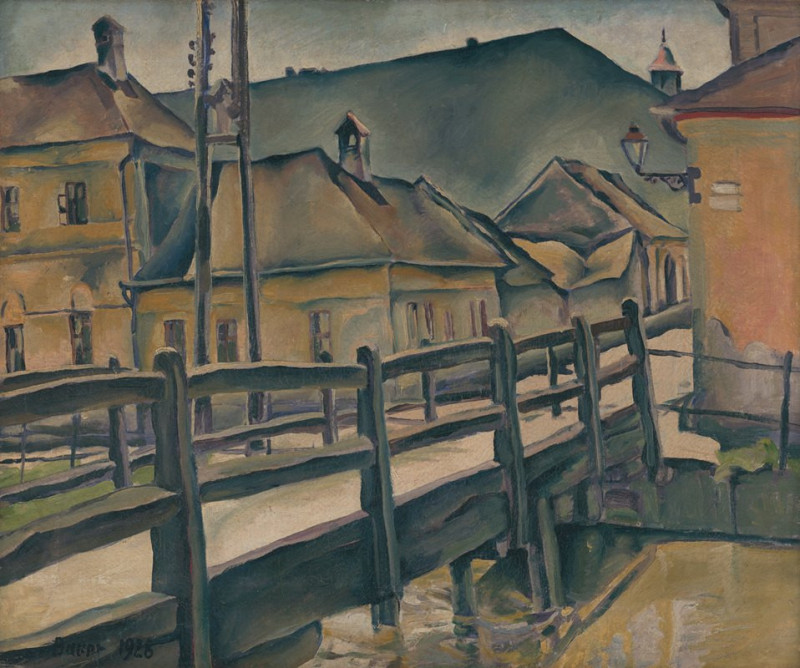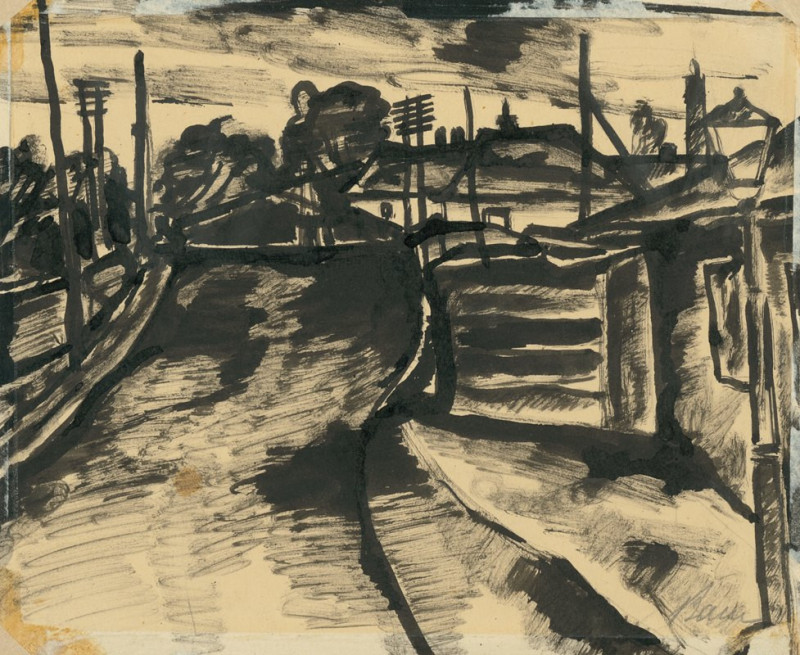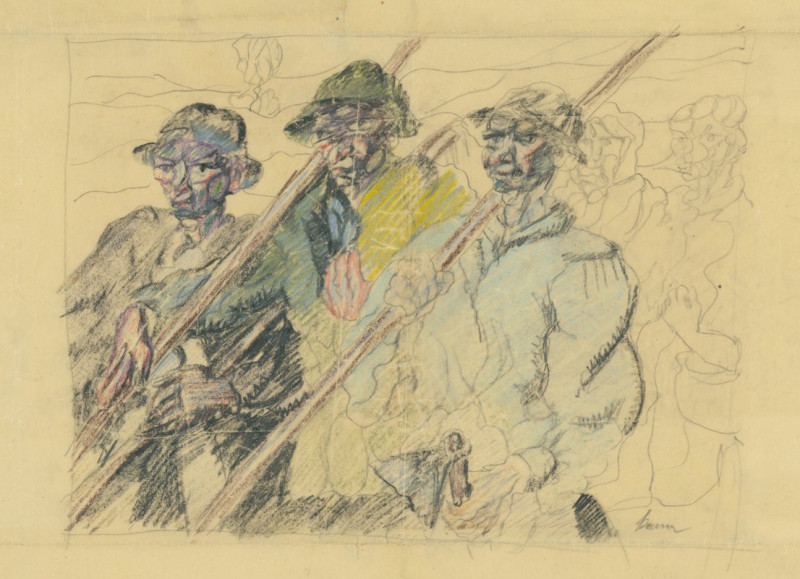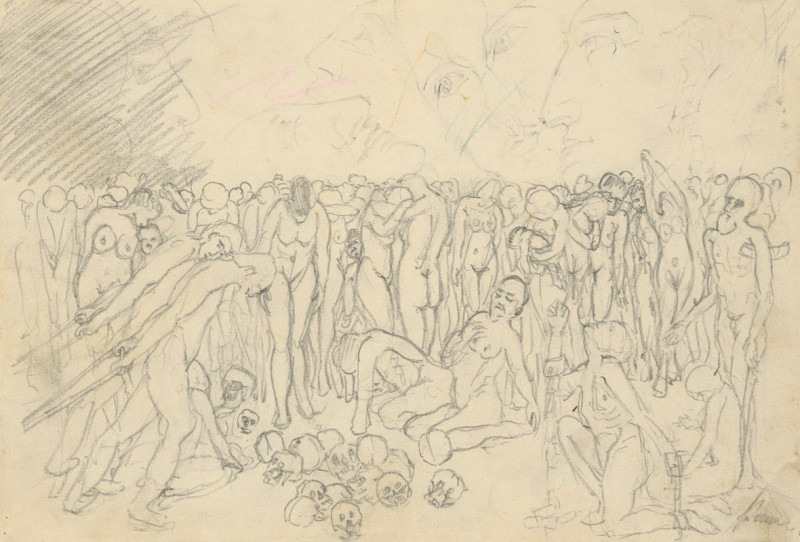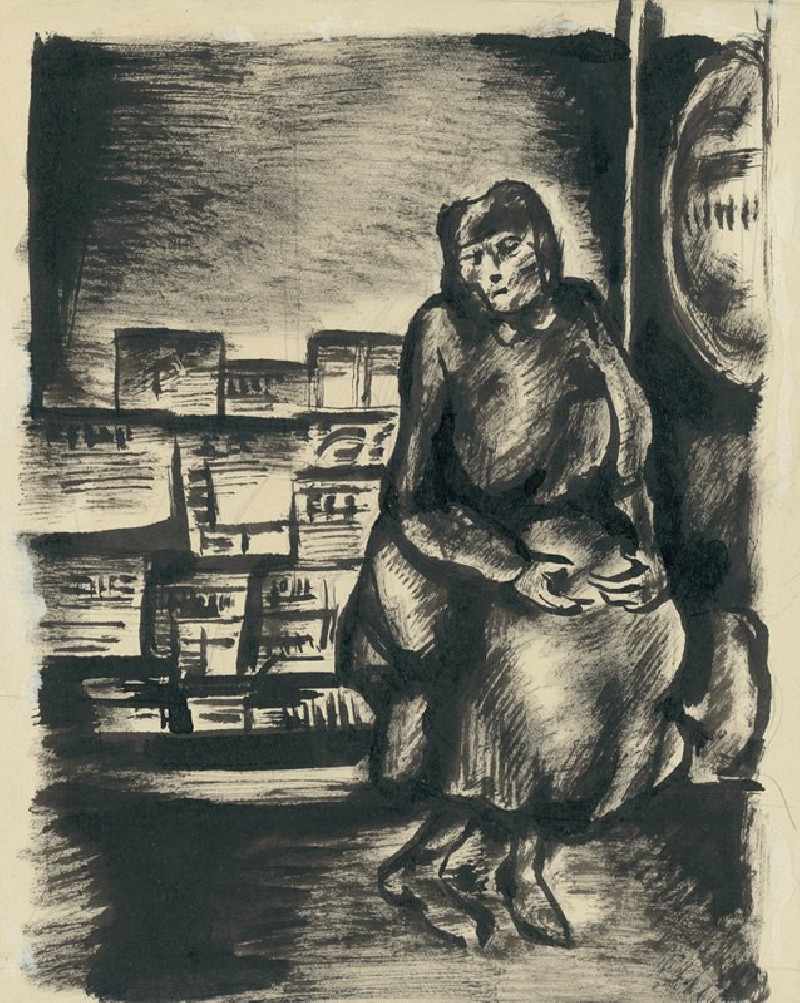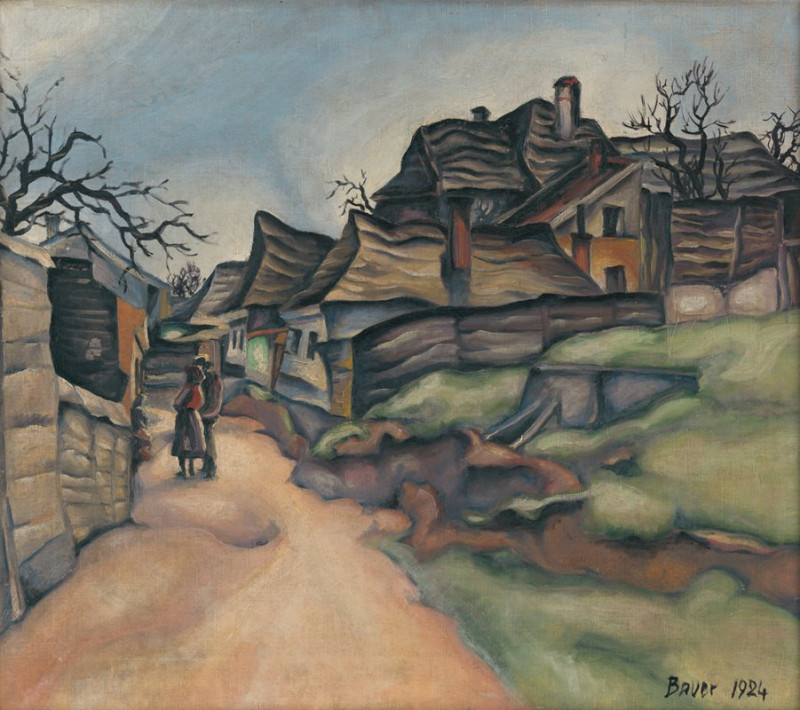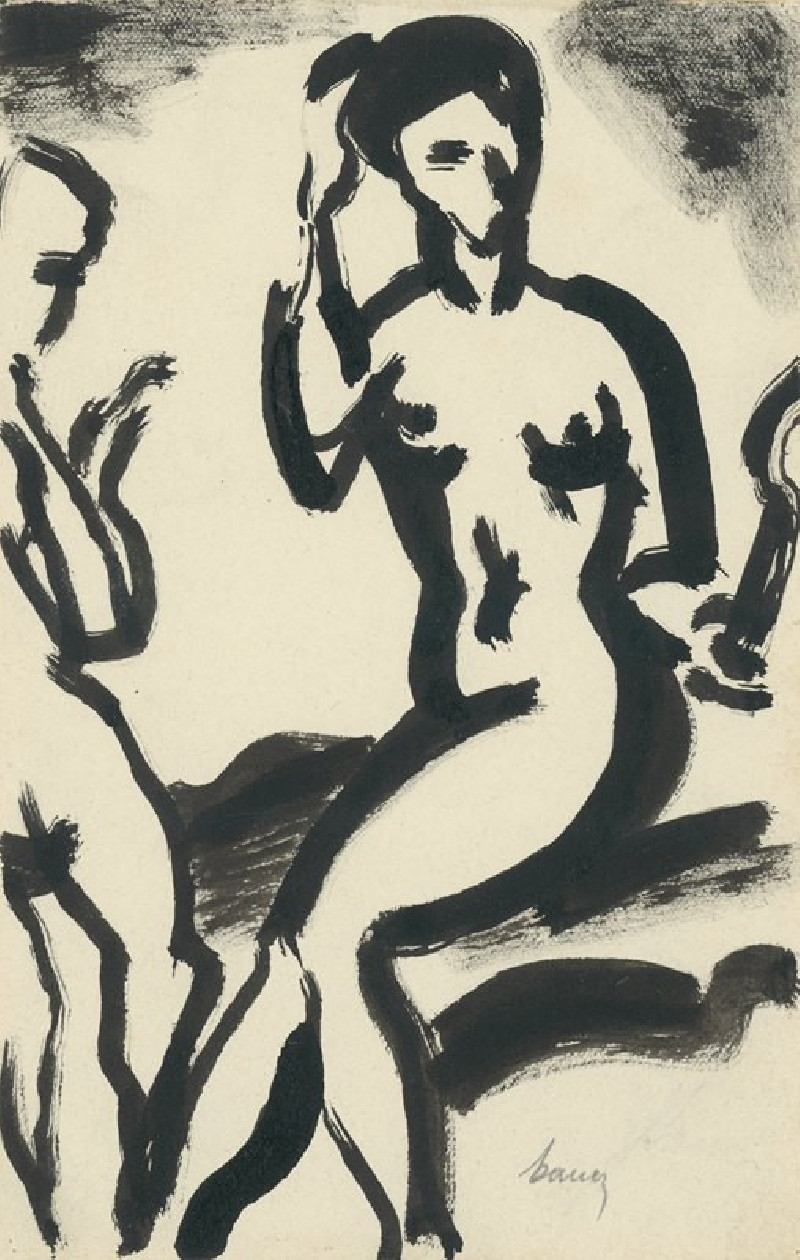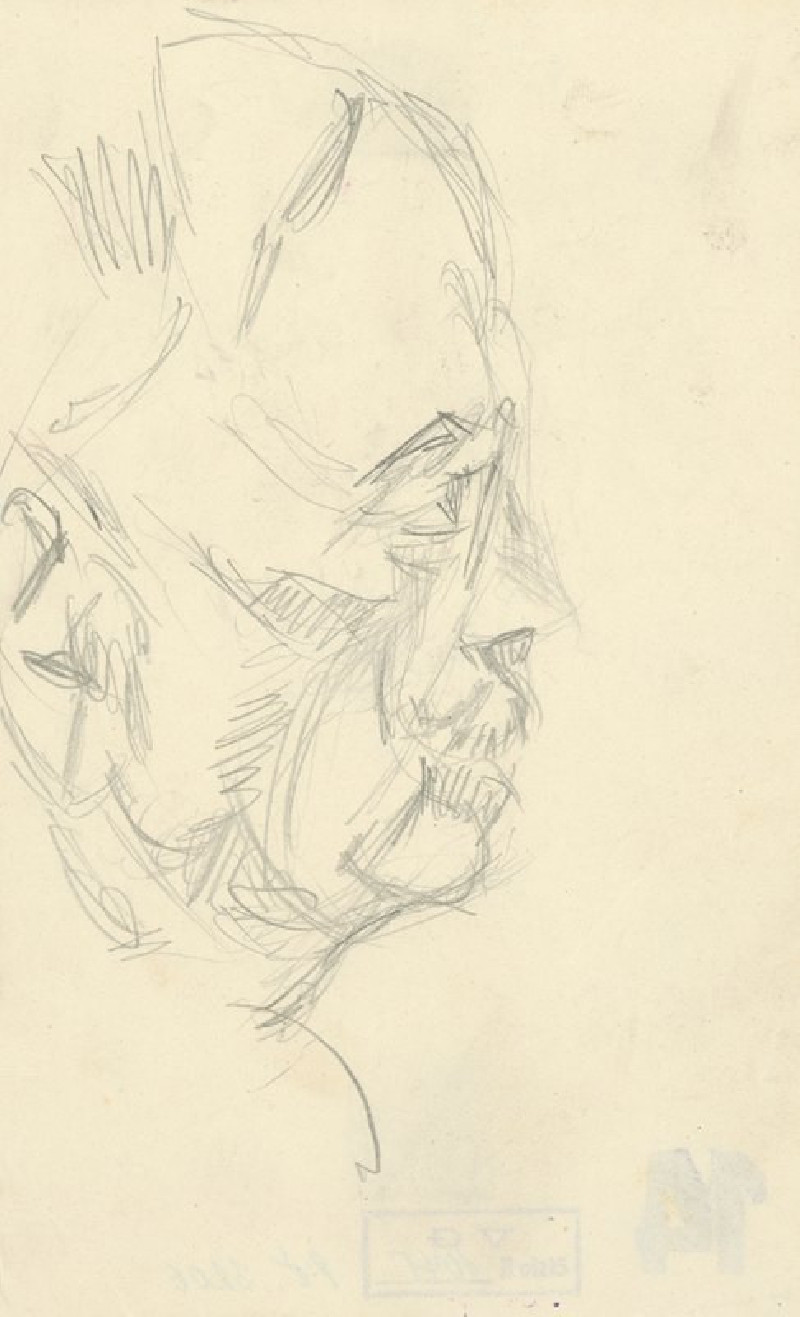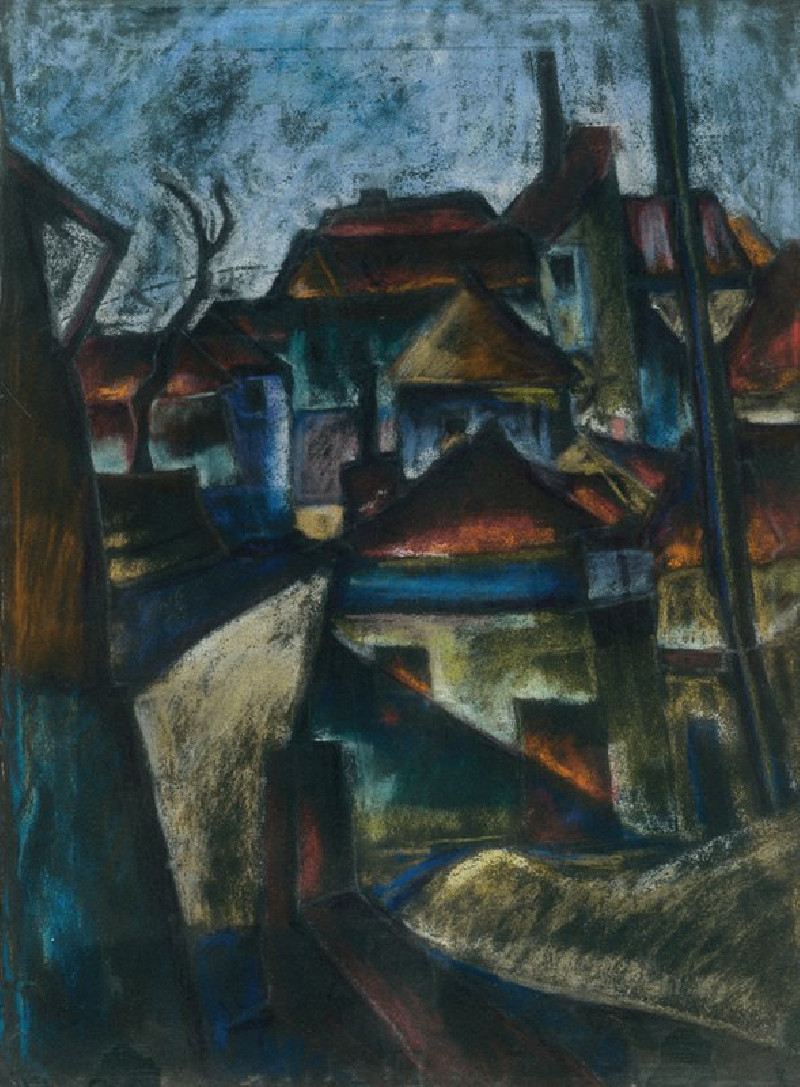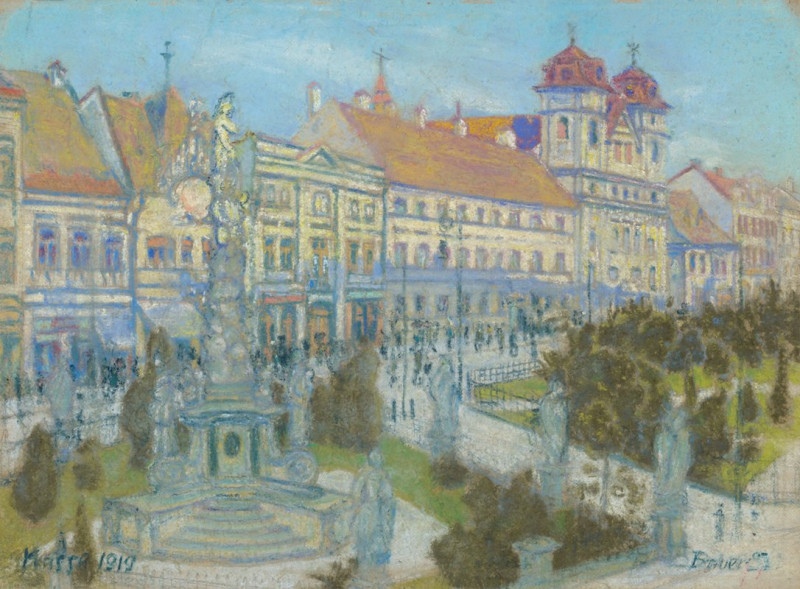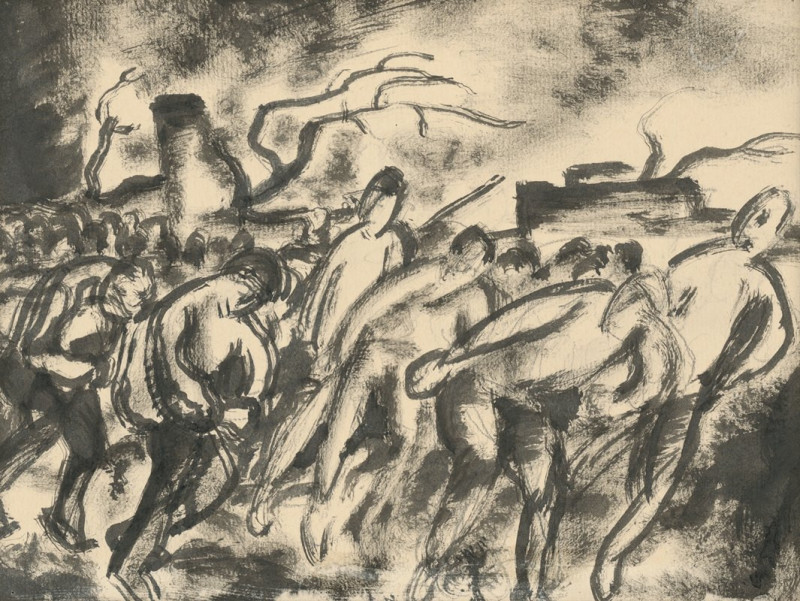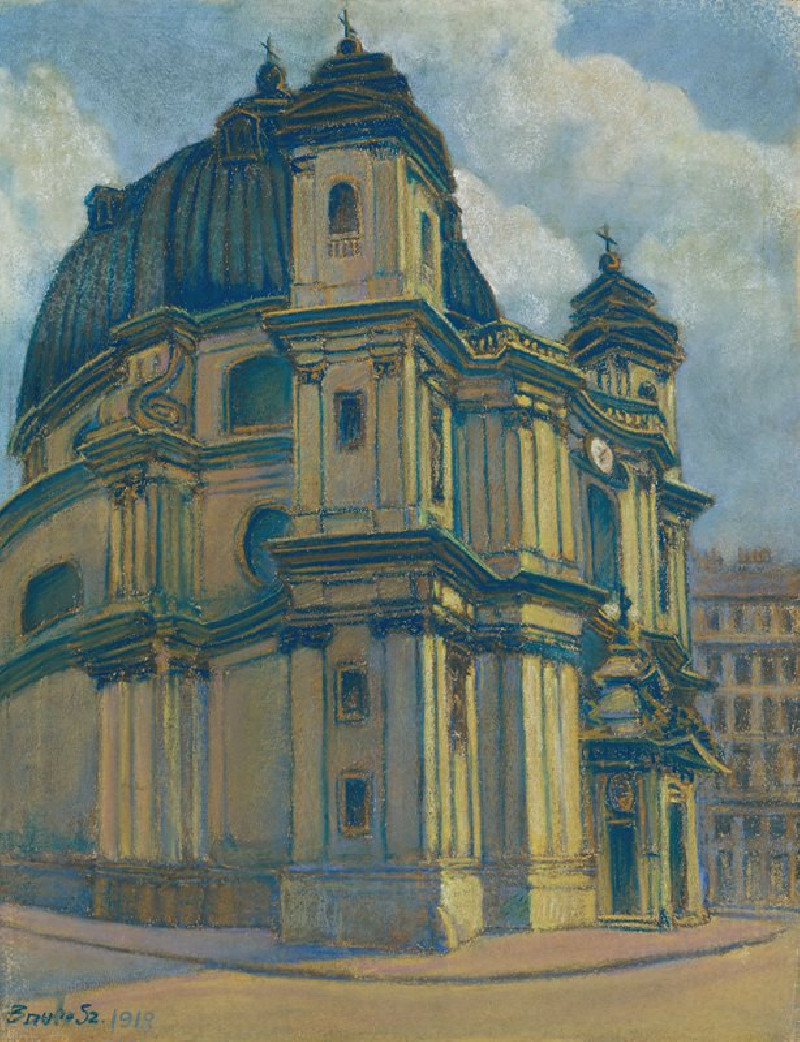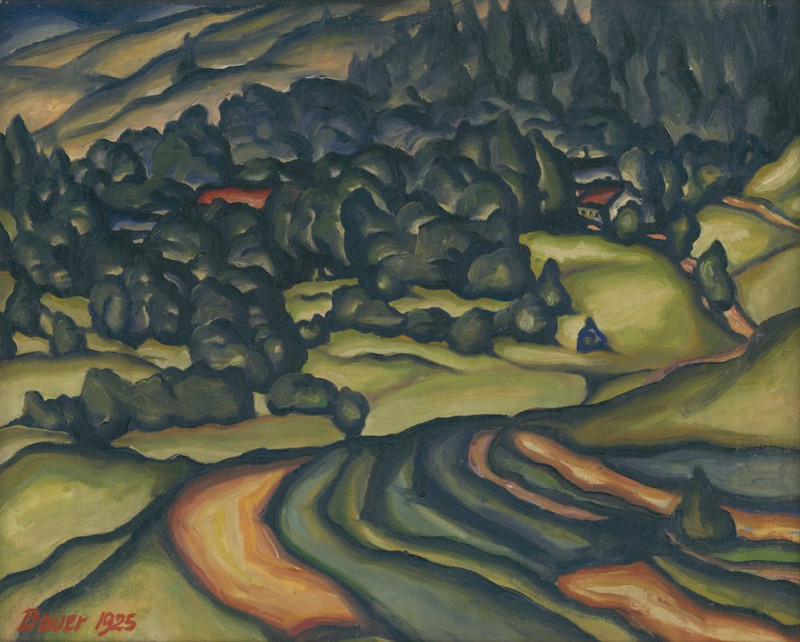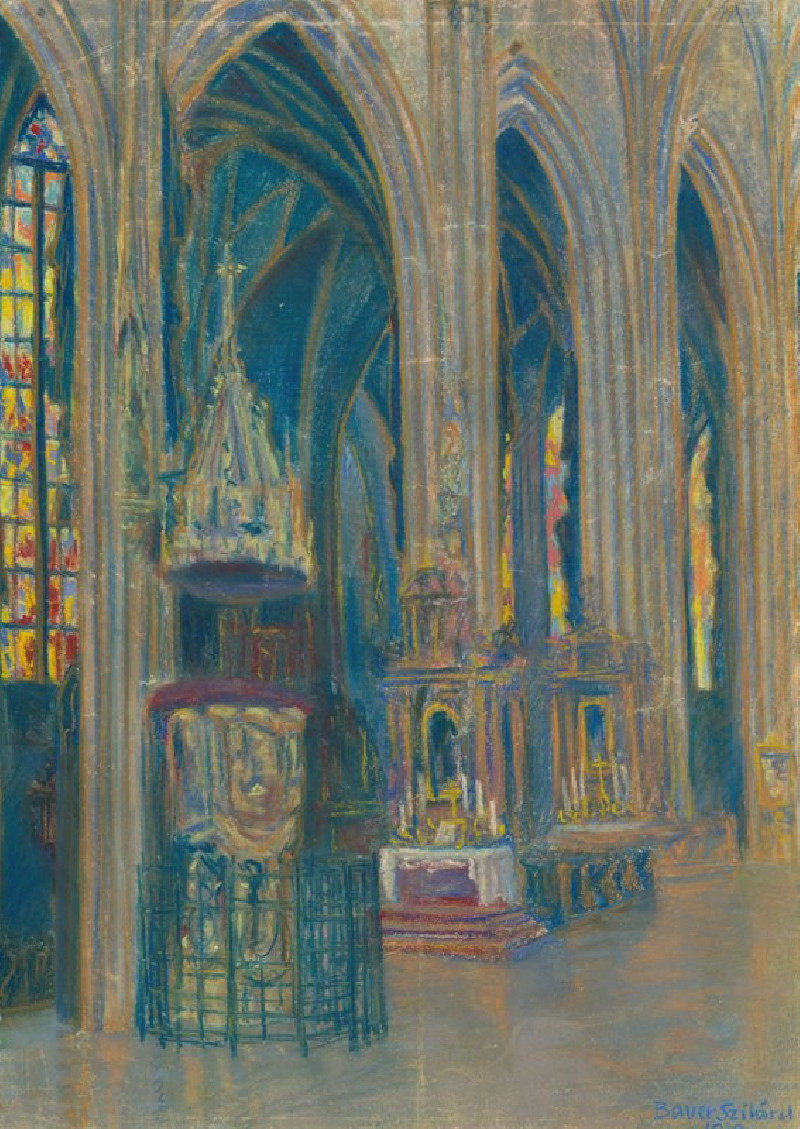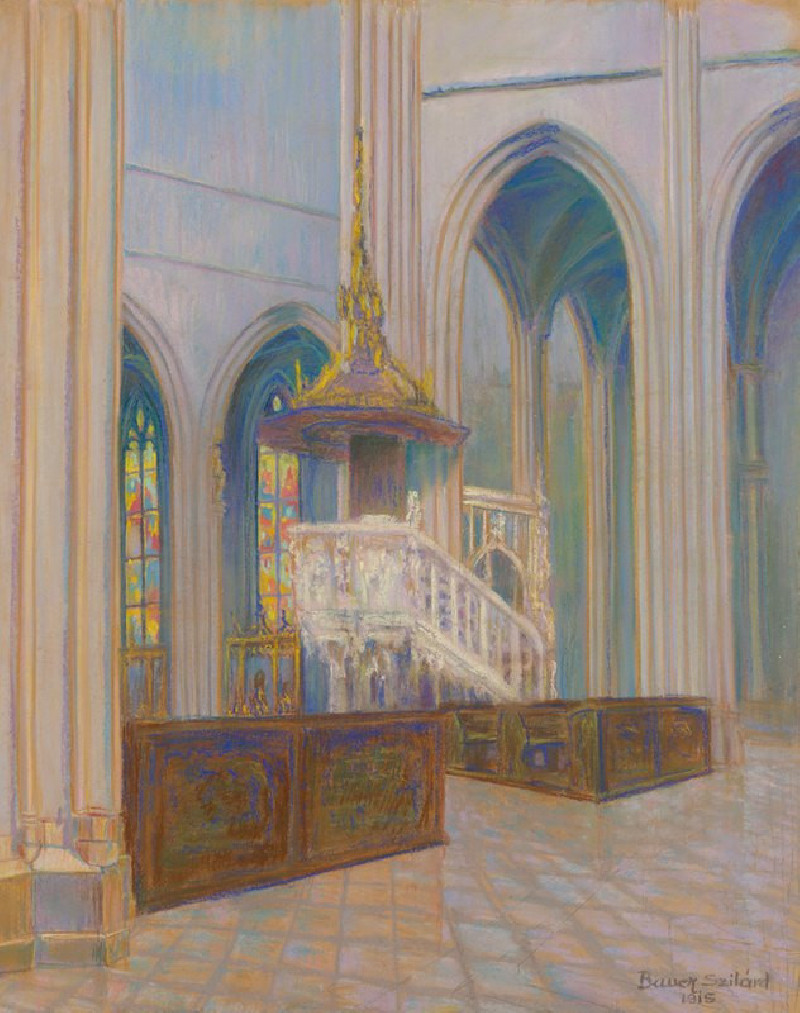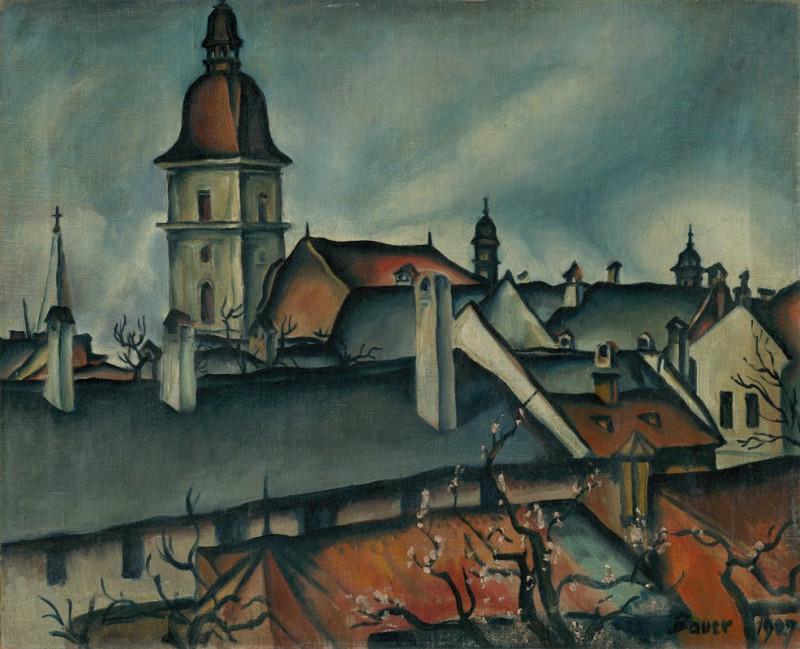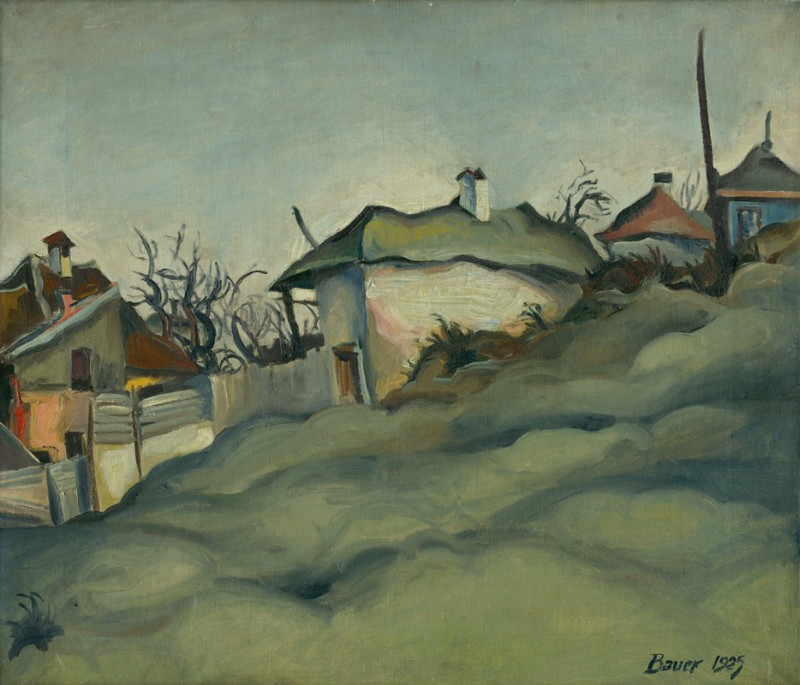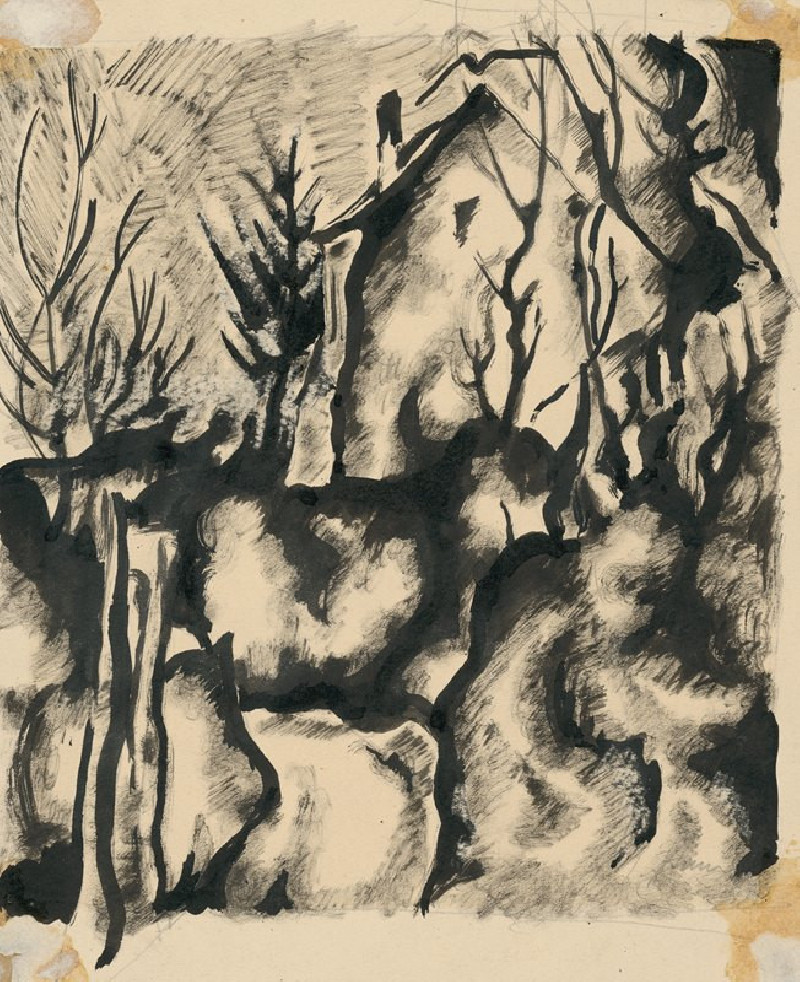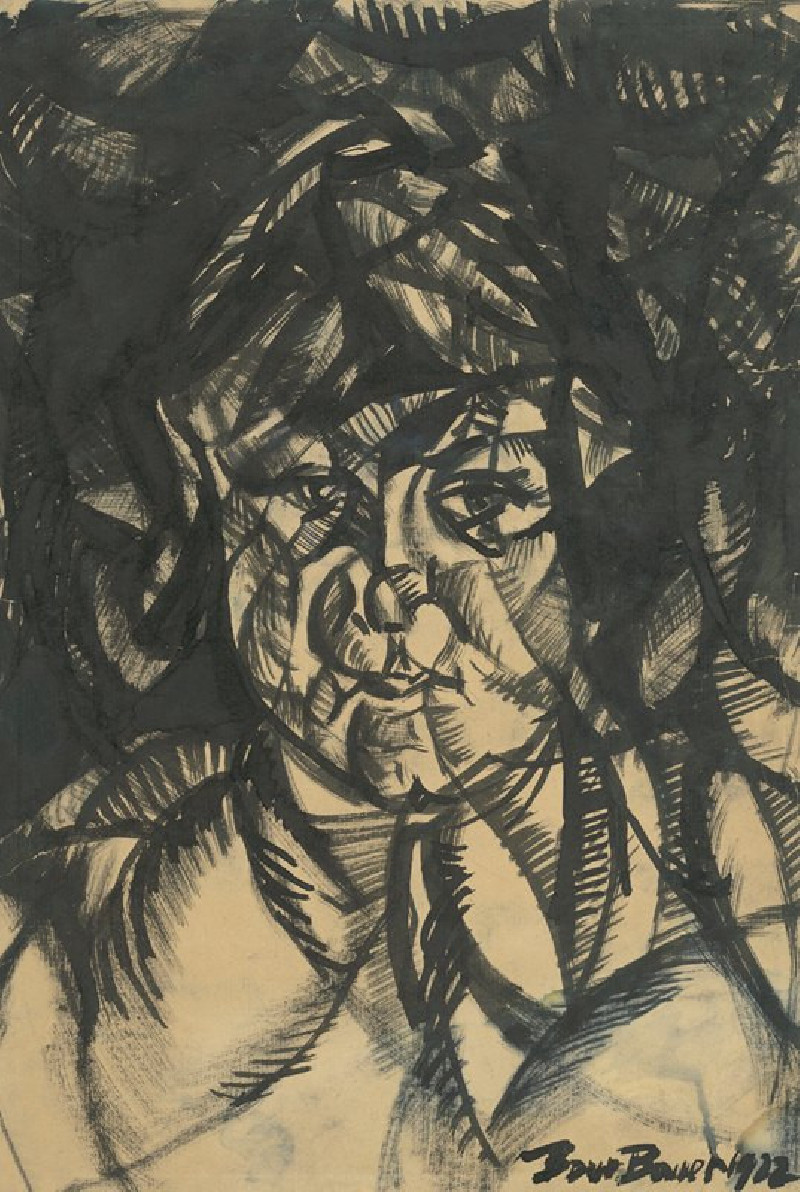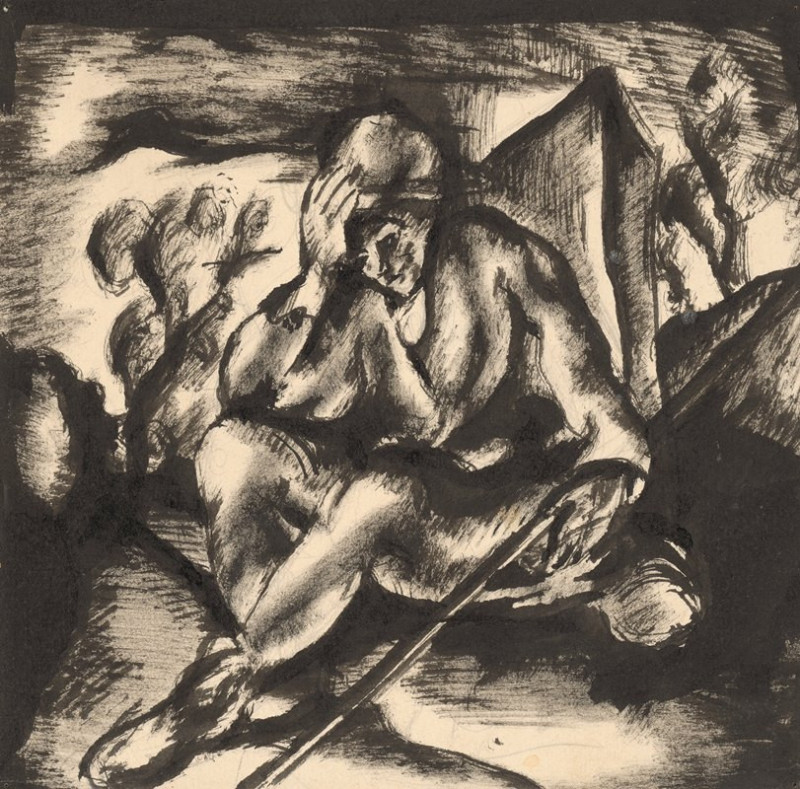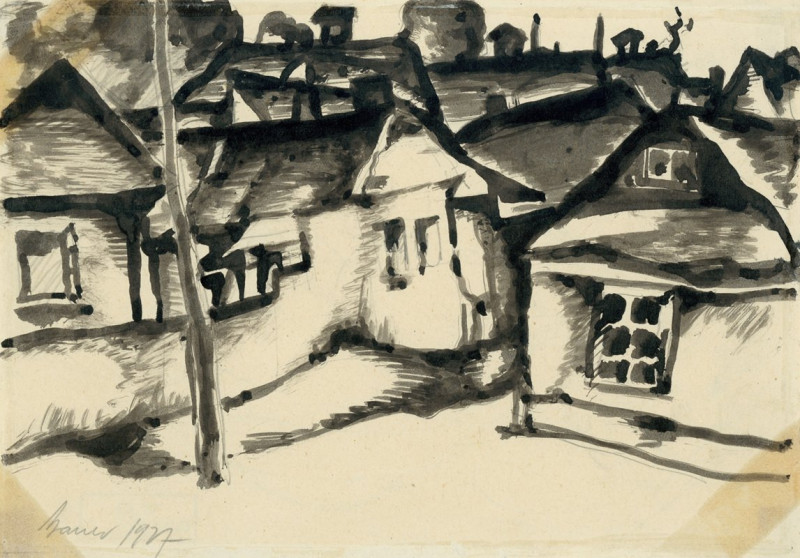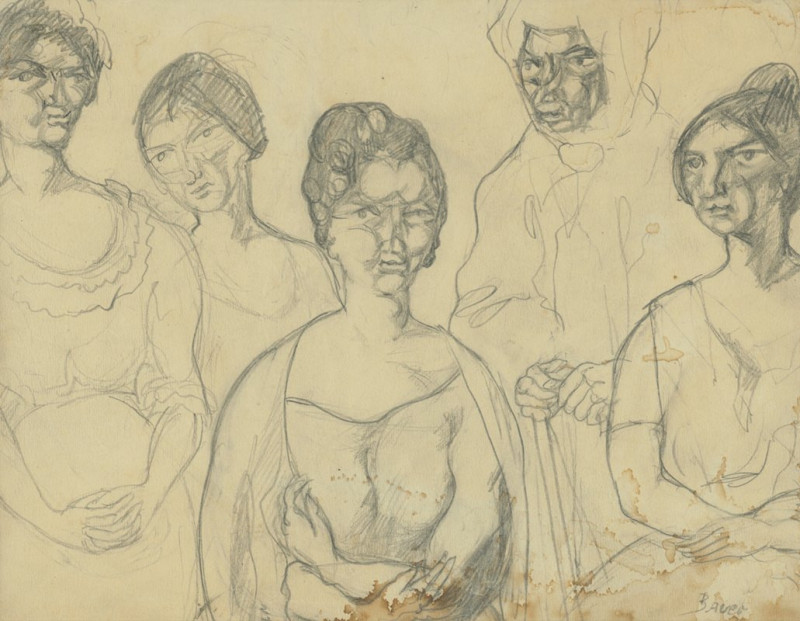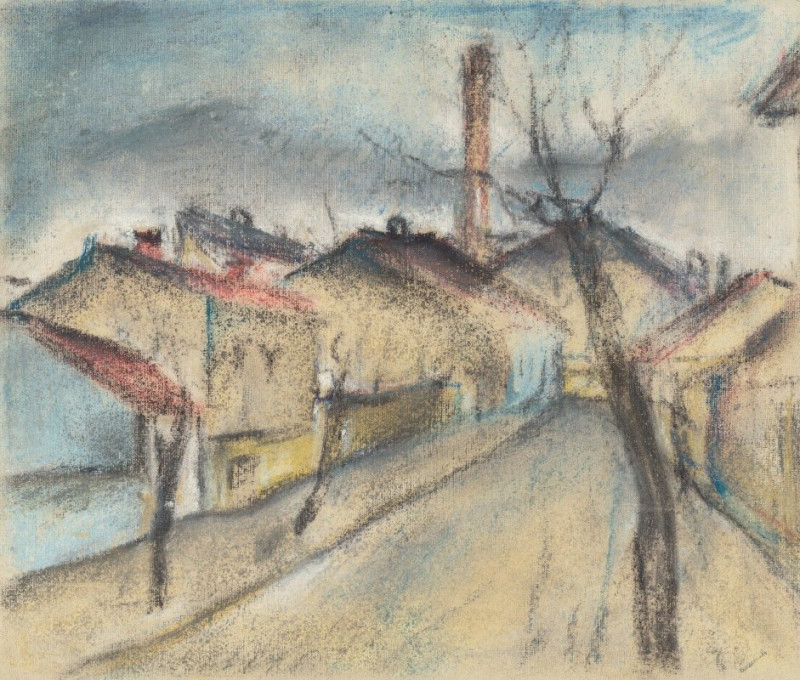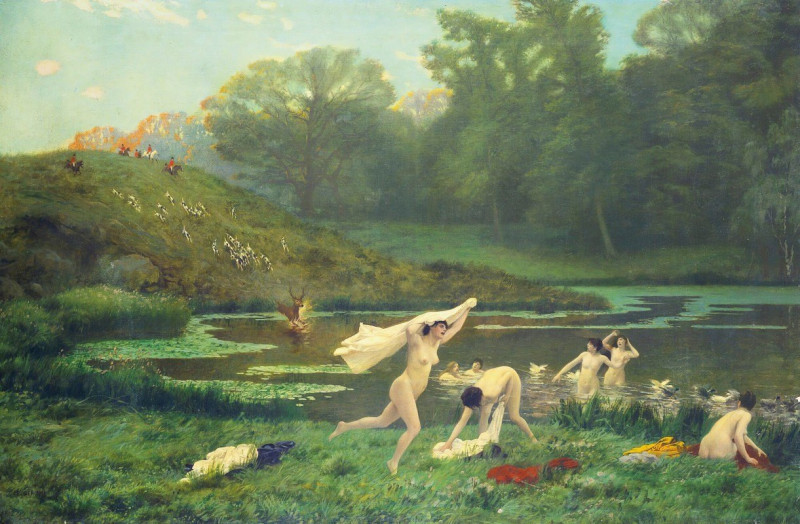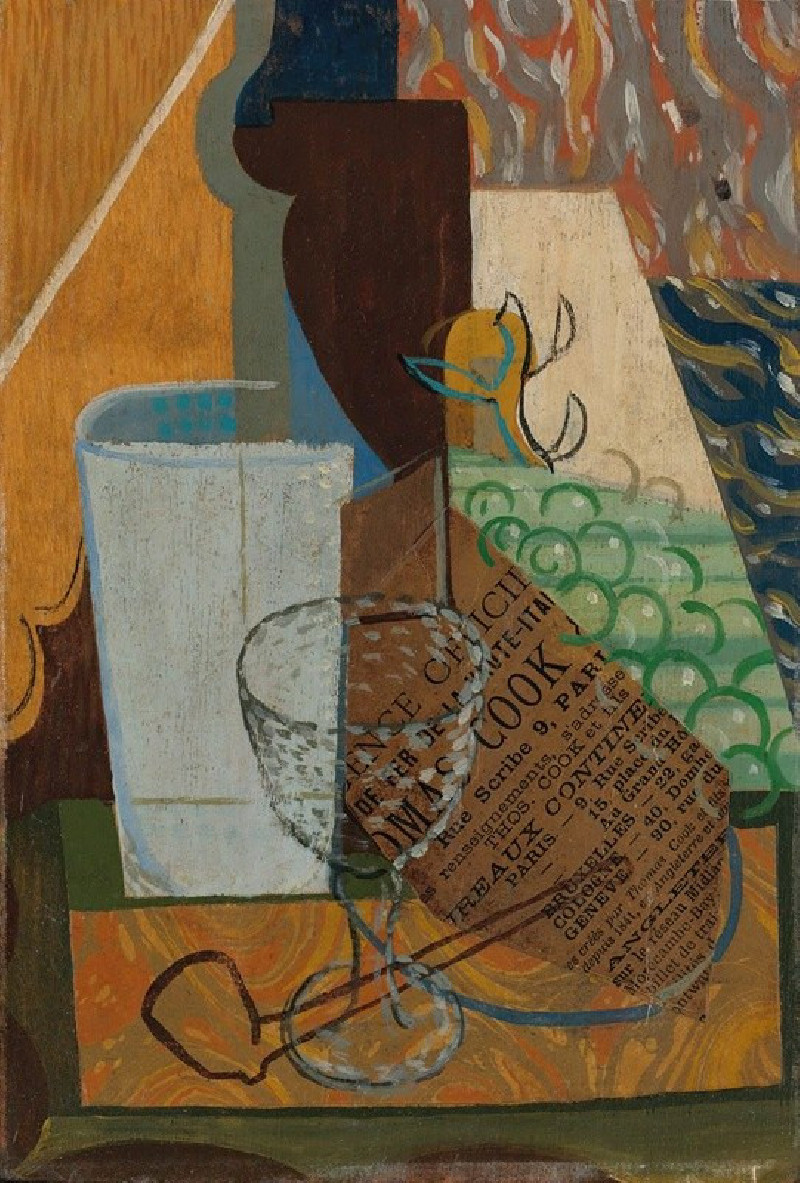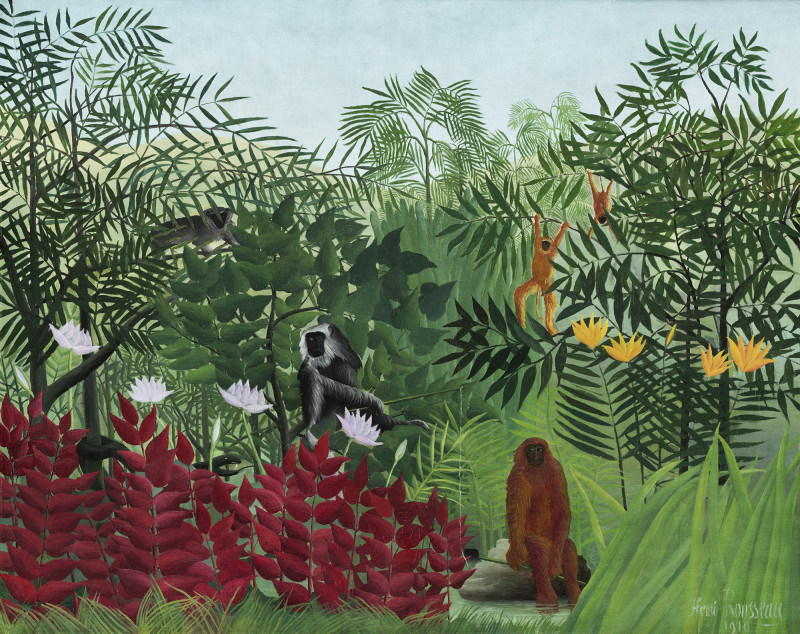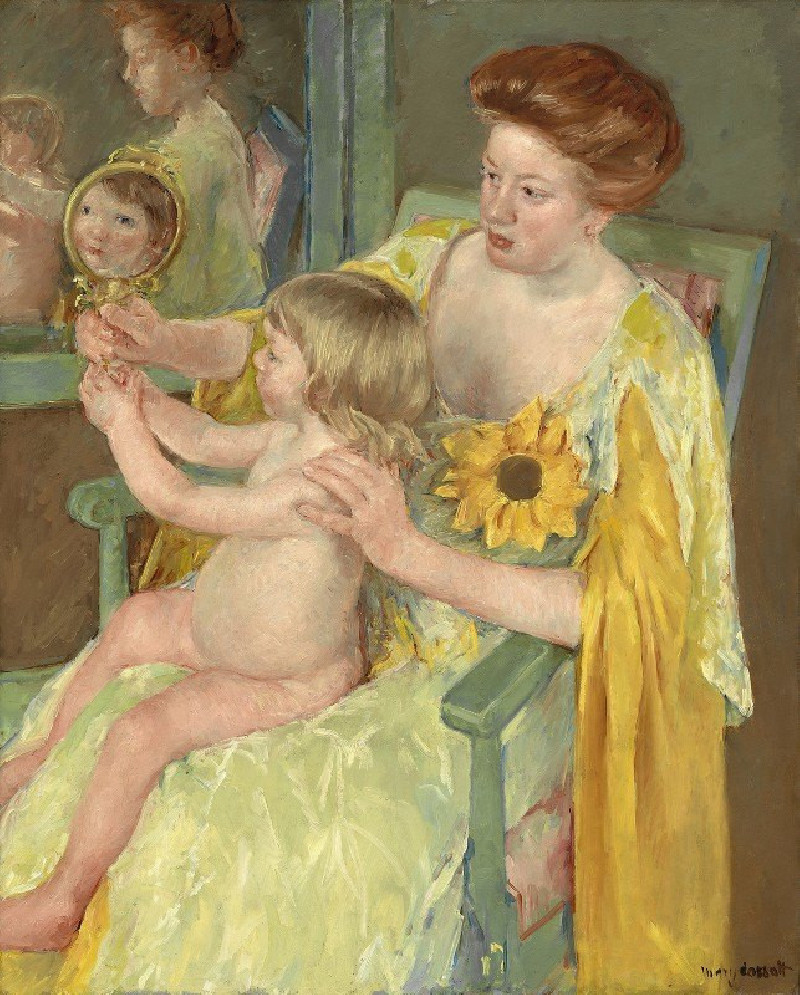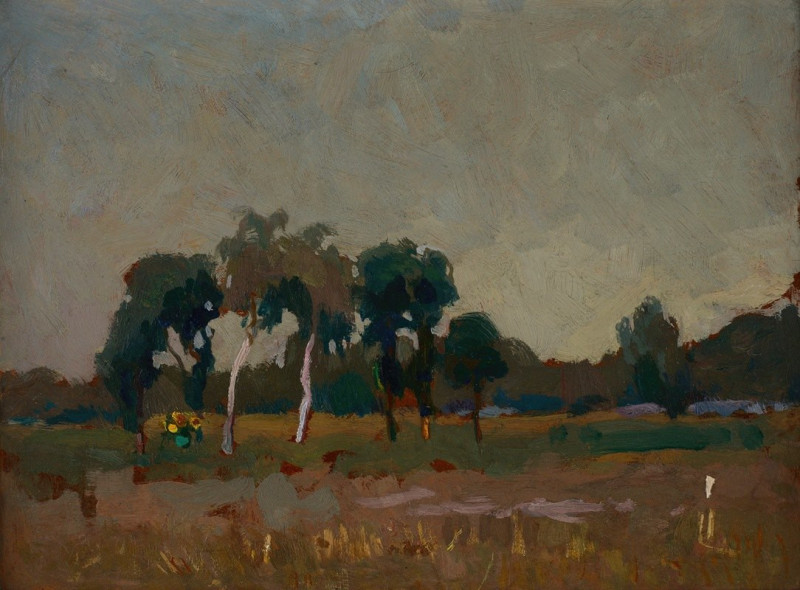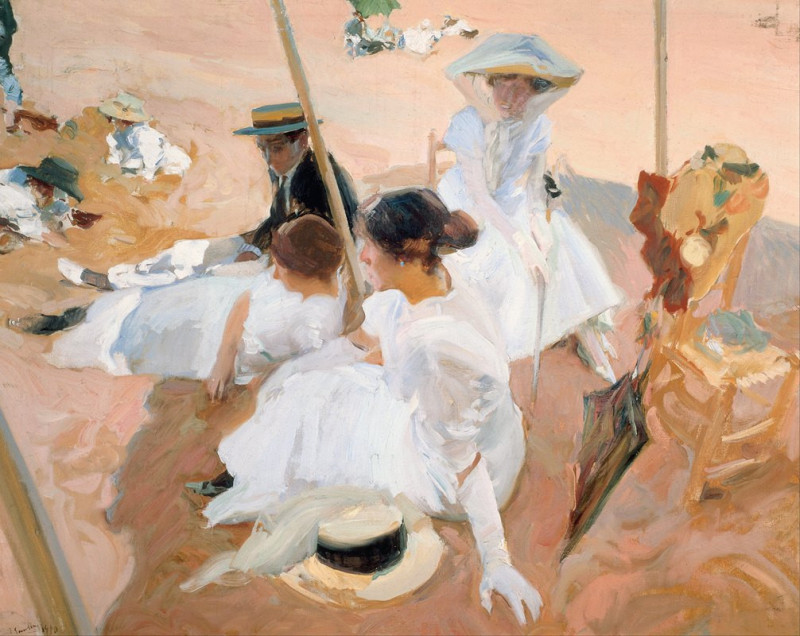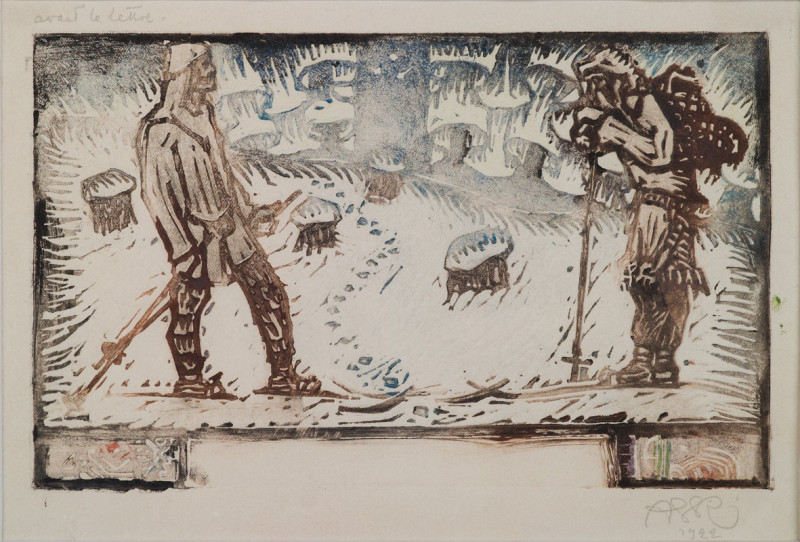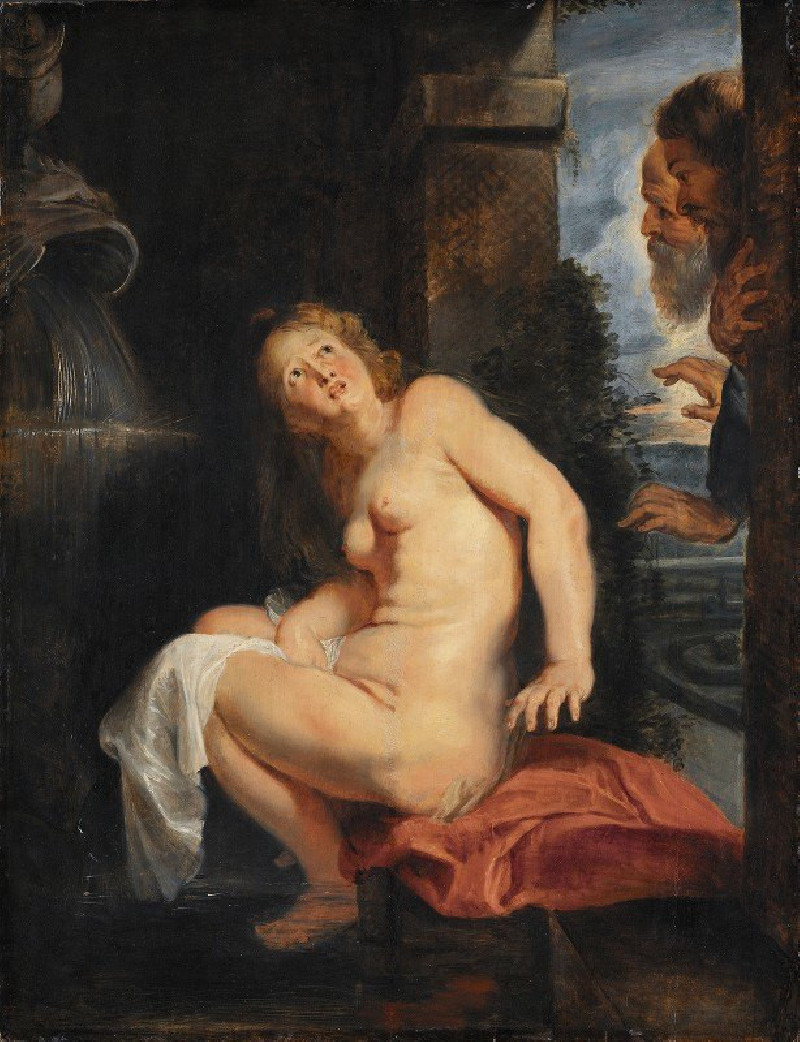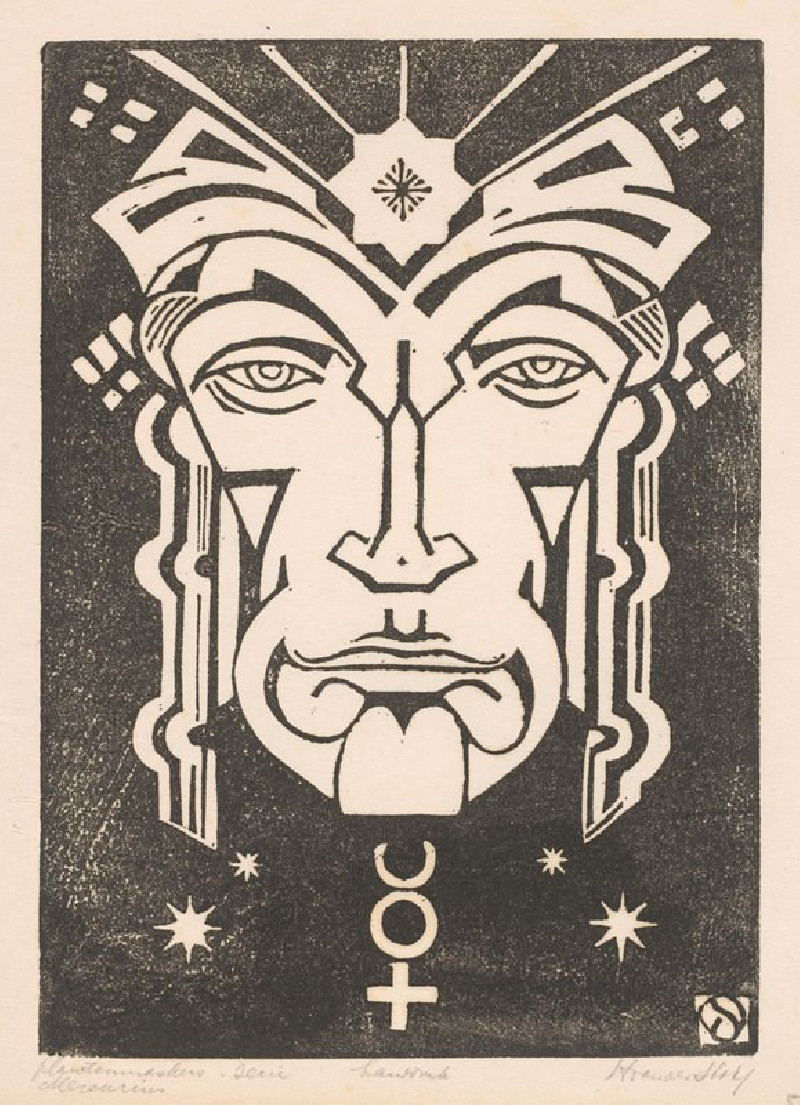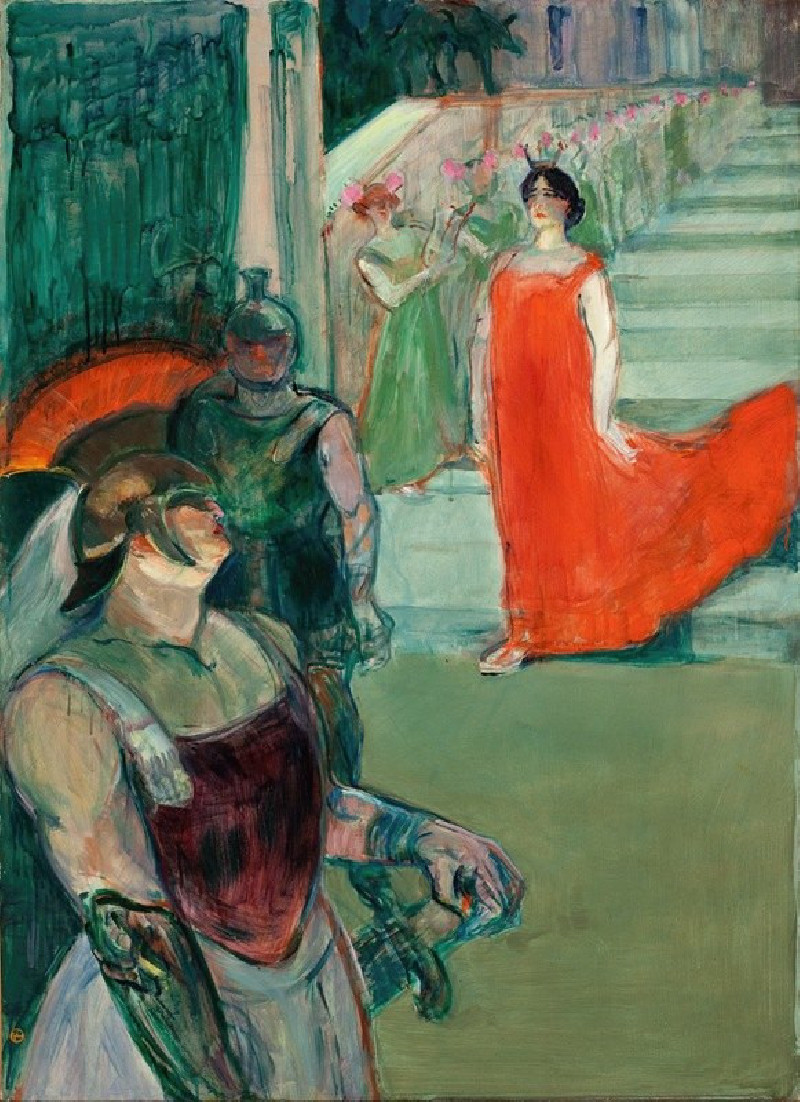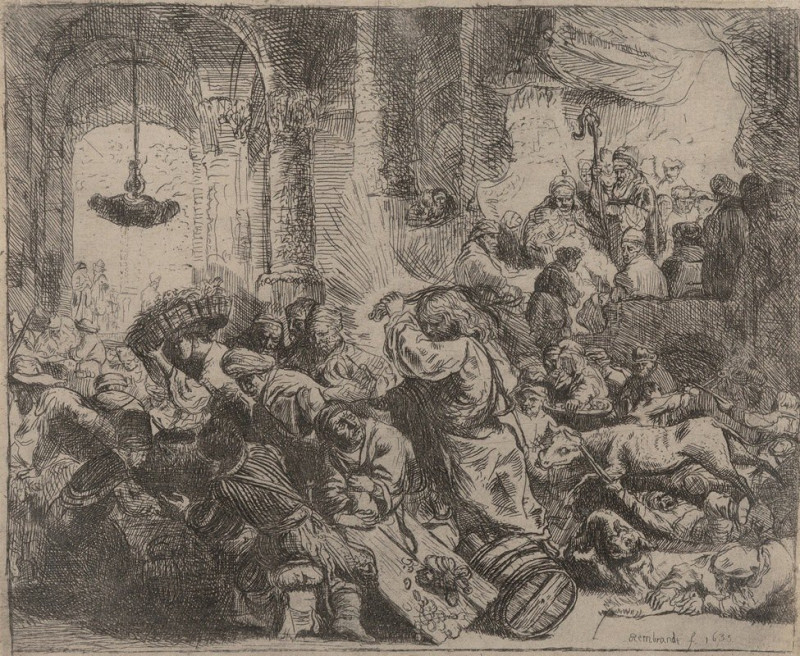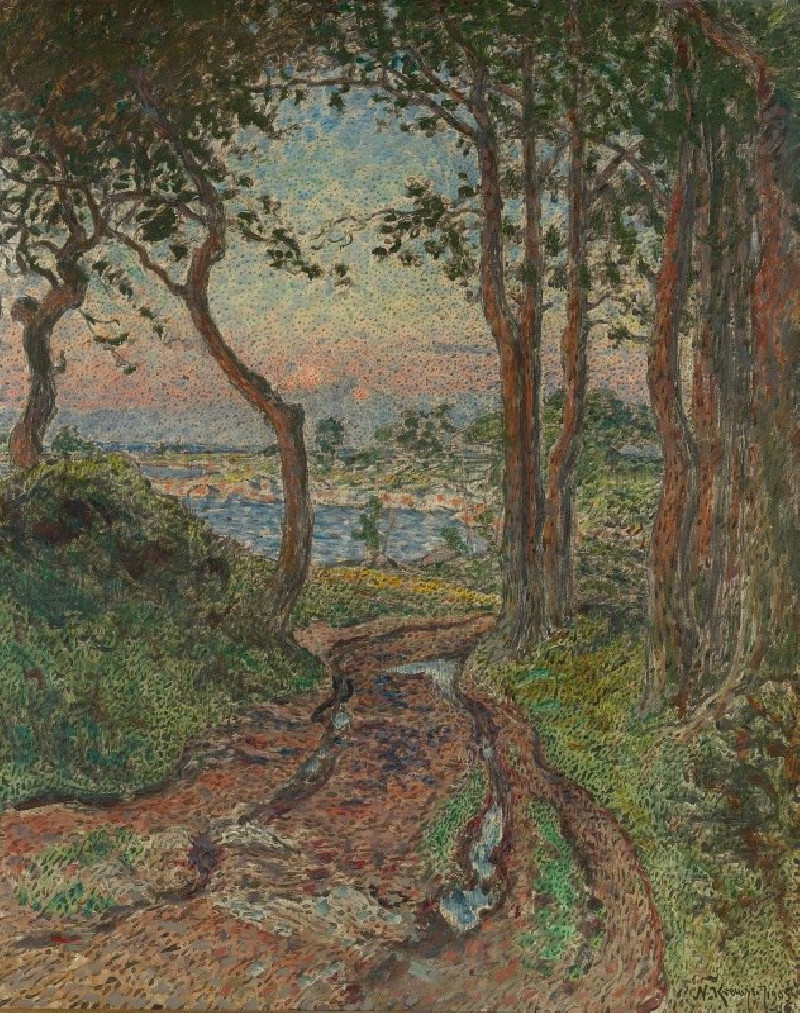V uličke (1924–1928)
Technique: Giclée quality print
Recommended by our customers
More about this artwork
Explore the elusive dance of shadow and light in Konštantín Bauer's evocative painting "V uličke" (In the Alley), painted between the years 1924 and 1928. This captivating piece submerges viewers into the heart of an alleyway where contrast plays a major role in narrating an urban story.The painting, predominantly washed in deep grays and stark blacks, uses bold brush strokes that carve out the silhouettes of individuals and architectural elements of an alley. The lack of distinct features on the figures and the somewhat blurred merging of shapes convey a sense of movement and anonymity typical of busy city scenes. This blend of abstract forms and concrete urban imagery invites the viewer to delve into the everyday yet mysterious activities that pulsate through city veins.Bauer’s mastery in the composition of light and shadow not only defines the spatial dimensions but also dynamically segments the canvas, playing with our perceptions of depth and proximity. Each stroke, whether aggressively stark or delicately subtle, contributes to the overarching ambiance of fleeting moments captured within the alley."V uličke" is more than a visual representation; it is an emotional imprint of urban existence, resonating with the complexities of communal spaces where individual stories briefly intersect yet remain untold. Bauer's work challenges the observer to look beyond the immediate to the stories hidden in the shadows.This painting is a remarkable example of Bauer’s artistic endeavor to capture both the anonymity and intimacy of urban life, making it an enduring piece that speaks volumes about the human condition within the confines of city landscapes.
Delivery
Returns
Konštantín Bauer was a Slovak painter.
Konštantín Bauer was born on November 24, 1893 in Slovenská Ľupča. He spent his childhood in Banská Bystrica. At the age of fifteen, he moved with his parents to Košice, where he graduated from high school. After graduating in mechanical engineering in Budapest in 1915, he worked briefly as an engineer in Novo Mesto pod Šiatrom. From 1916 to 1918 he worked as a railway engineer in Transylvania and then as a civilian employee at the Ministry of War in Vienna.

